Content from the Brookings-Tsinghua Public Policy Center is now archived. Since October 1, 2020, Brookings has maintained a limited partnership with Tsinghua University School of Public Policy and Management that is intended to facilitate jointly organized dialogues, meetings, and/or events.
The original paper titled “China’s post-coal growth” was published in Nature Geoscience and authored by Qi Ye, Nicolas Stern, Tong Wu, Jiaqi Lu and Fergus Green.
When will China reach its coal peak? Most analysts have predicted that China’s coal consumption will peak somewhere between 2020 and 2040. In an article recently published in Nature Geoscience, however, we argue that China’s economic growth has already decoupled from its coal consumption growth.
China’s coal consumption grew from 1.36 billion tons per year in 2000 to 4.24 billion tons per year in 2013, an annual growth rate of 12 percent. As of 2015, the country accounts for approximately 50 percent of global demand for coal. In other words, China’s economic miracle was fueled primarily by coal. This tremendous coal combustion creates air pollution and carbon emissions that threaten China, its neighbors, and the rest of the world.
However, China’s coal consumption decreased by 2.9 percent in 2014 and 3.6 percent in 2015, and the economy has maintained a moderate speed of growth. This indicates that there is a decoupling of economic growth from the growth in coal consumption. China’s coal consumption might have in fact already peaked.
Over the past 35 years, coal powered the engine of China’s rapidly developing economy. Coal represented 75 percent of overall energy consumption. This number decreased to 64.4 percent in 2015—the lowest in China’s modern history—as the country’s energy intensity decreased by 65 percent relative to 35 years ago. In fact, though rarely noticed until the recent peak, this has been part of a fundamental shift in the Chinese economy’s relationship with coal.

Now, China is able to maintain a moderate growth rate while lowering its coal consumption. Two forces are driving this trend. The first is the ongoing economic slowdown. Under China’s “new normal”,the economic growth rate has decreased significantly, and the energy-intensive manufacturing and construction industries have slowed. On average, these two industries grew by 12.6 percent from 1991 to 2010; however, since the global financial crisis, China’s exports have stumbled. Domestically, real estate development has reached overcapacity. During the 12th Five Year Plan (2011-2015), the growth rate of these two industries decreased by about 8 percent. In 2015, coal usage in electricity, iron and steel production, and cement production decreased by 6.2 percent, 3.2 percent, and 8.2 percent respectively. Meanwhile, the less energy-intensive service and finance industries accounted for more than 50 percent of the Chinese economy for the first time in history. Combined, these changes decoupled China’s economic growth from high coal consumption and set it on a more sustainable track.
The second force driving China onto this new track is the strengthening of climate and air pollution policies. Policy efforts have accelerated the decline of coal in China’s energy mix. Since 2006, Chinese policies have stipulated binding targets on air pollution concentration and energy intensity. Reducing coal use has been an important way to comply. In addition, improvements in coal plant efficiency and clean energy deployment have cut coal intensity in the electricity sector by 11 percent over the last 8 years.
There is plenty of evidence to support the argument that the current drop is not a temporary dip, but rather the beginning of a new trend. First, economic slowdown and decreased manufacturing and construction are two basic characteristics of China’s “new normal.” All other advanced economies have experienced similar development processes of rapid development surges followed by a period of slower, deeper growth. In China’s case, as urbanization and industrialization plateau, the service and finance industries will undoubtedly replace manufacturing and construction as the new engine of the economy. Second, current policies on climate change and air pollution—especially the Paris Agreement’s binding Intended Nationally Determined Contributions (INDCs) that set China on the road to meet a 20 percent clean energy target by 2030—build a policy foundation for clean energy investment and deployment. Third, China is consciously undertaking a new “industrial revolution” based on technological innovation in energy, communications, and manufacturing. Policymakers recognize these new energy technologies to be a part of a new development strategy.
Historically, peak coal has often been a milestone in the development process of advanced economies. In transitioning to post-coal growth, China is following the path of now-affluent industrial economies: coal consumption growing with per-capita income before peaking and declining. Both the United States and the United Kingdom experienced similar processes and shifted their energy mix away from coal to oil, gas, and now renewables. China is consciously ending its coal-fired growth, shortening its oil and gas phase, and directly entering the age of clean energy. Compared to those of the United States and the United Kingdom, China’s coal consumption peaked during a much earlier stage of development. Using a purchasing power parity measure of per-capita GDP, China was respectively 75 percent and 10 percent less affluent than the United States and the United Kingdom at the time of their coal consumption peaks. Considering China’s late industrialization, large population, and coal-dominated energy endowment, its early coal consumption peak and shift toward non–fossil fuel energy is a credit to its policymakers.

The end of coal-fired growth does not mean coal will be entirely phased out. Coal will continue to be an important source of energy in the decades to come. It does mean that China will no longer depend on rising coal consumption to power its development. As the world’s largest emitter of greenhouse gases, China’s coal peak is not only a necessary prerequisite for a global emissions peak, but also a milestone in international efforts of climate change mitigation and air pollution control.

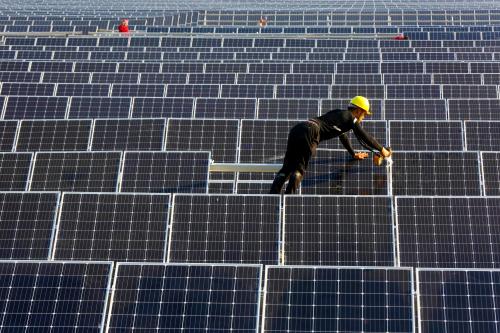
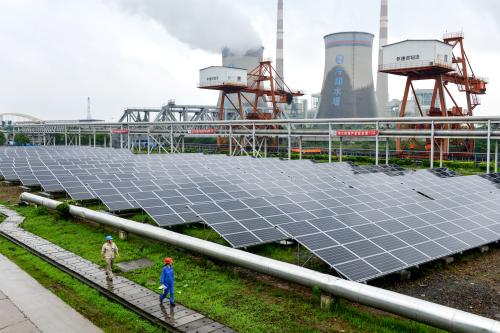

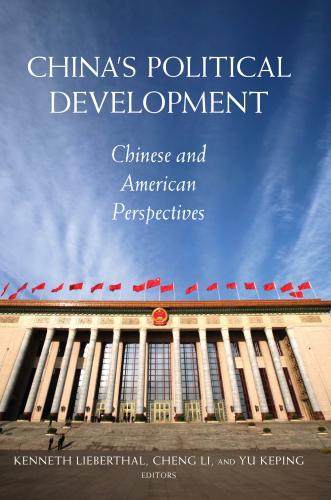
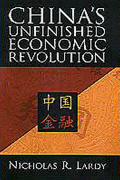



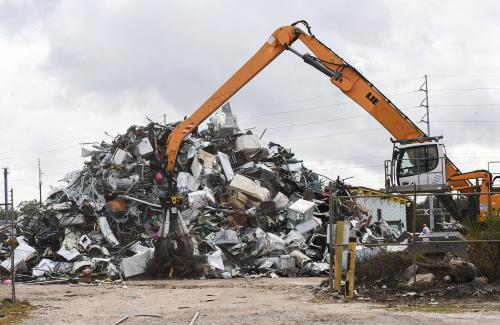
Commentary
The end of coal-fired growth in China
August 4, 2016